Water & Wastewater
Most often taken for granted, the Jackson Energy Authority water and wastewater system represents essential infrastructure for sustaining the economic and social vitality of our community. Following the safety tips below is crucial in the protection and resilience of the water and wastewater systems.
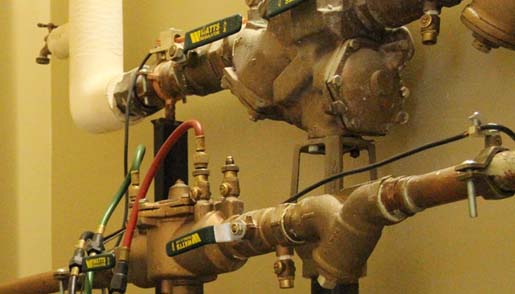 Cross Connection Control & Backflow Prevention
›
Cross Connection Control & Backflow Prevention
›
Once JEA’s safe, high quality water reaches your home, cross connections and backflow could be a source of contamination to the public water system.
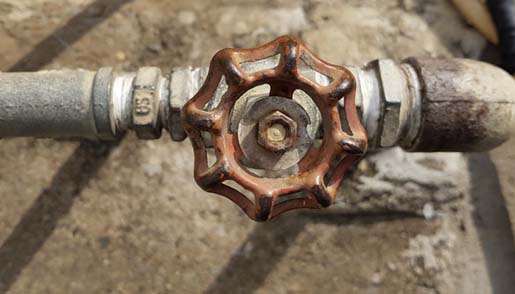 Lead & Copper
›
Lead & Copper
›
The most common sources of lead in drinking water are materials and components associated with service lines and home plumbing.
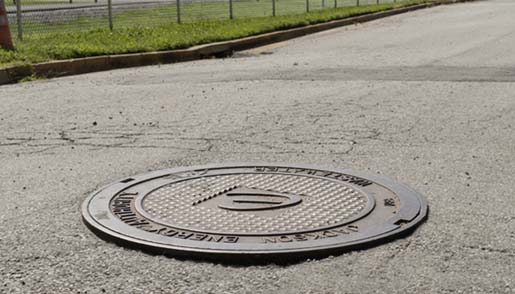 Sanitary Sewer vs. Storm Sewer
›
Sanitary Sewer vs. Storm Sewer
›
Not all drains are the same. Understanding the difference and respecting their separate purposes can help prevent environmental pollution.
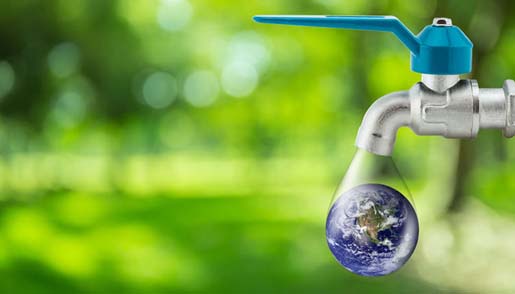 Safe Practices
›
Safe Practices
›
Drinking water delivered by Jackson Energy Authority is clean and safe. Maintaining that safe drinking water requires effort from our customer and community.
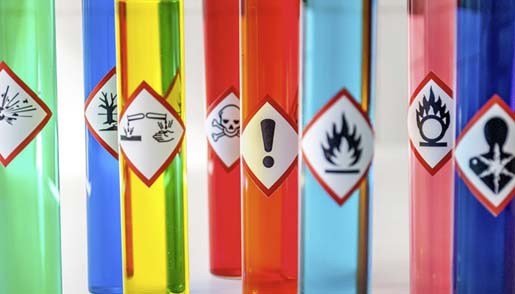 Hazardous Materials
›
Hazardous Materials
›
Wastewater belongs in the sanitary sewer - hazardous materials do not. These should be disposed of properly to help protect the wastewater system and the environment.
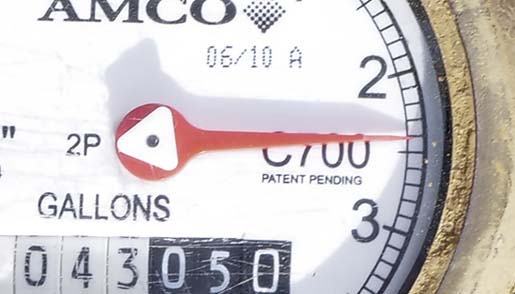 Water Leak Checks
›
Water Leak Checks
›
Significant sources of water waste for many homes are drips and leaks from pipes, fittings and plumbing fixtures - estimated to waste over 10 percent of household water.
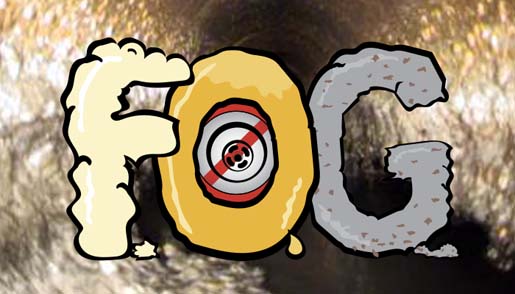 Clear the F.O.G.
›
Clear the F.O.G.
›
Fats, Oils and Grease from cooking and food scraps can collect in the wastewater lines and form large clogs, referred to as fatbergs, that can cause costly, damaging issues.
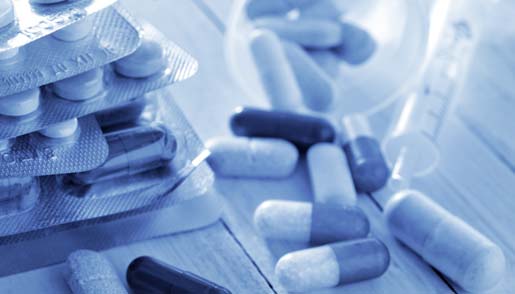 Unused, Expired Medication
›
Unused, Expired Medication
›
Flushing unused prescription and over-the-counter medication is not the right method of disposal for many reasons. Here’s what you should know.
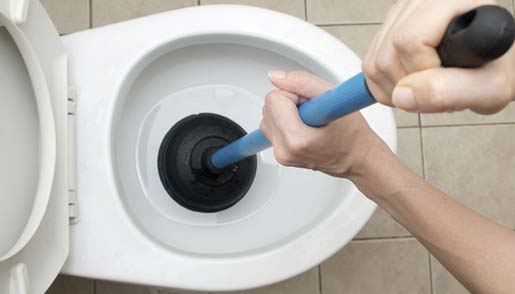 Preventing Backups
›
Preventing Backups
›
Wastewater backups can be unpleasant, costly and cause potential health risks. Using your toilet as a trash can is most often the culprit. Clean pipes = no gripes.
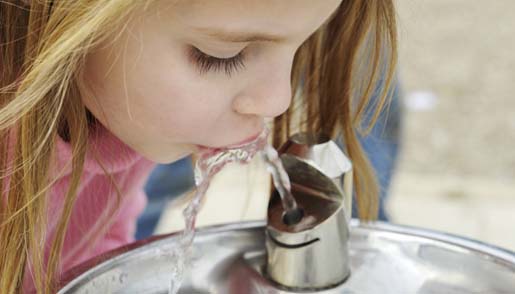 Water Quality
›
Water Quality
›
Jackson Energy Authority’s dedication to providing our customers with safe, award-winning, high-quality drinking water has been proven time and time again.
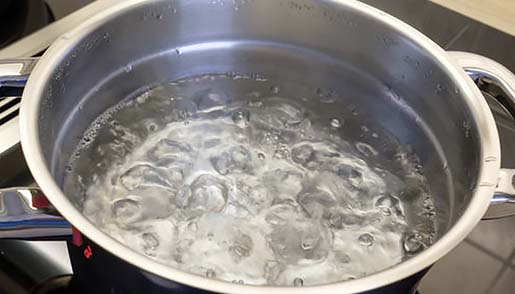 Emergency Disinfection
›
Emergency Disinfection
›
When regular water service is unavailable due to emergency situations, it may be necessary to boil water until water service is restored.
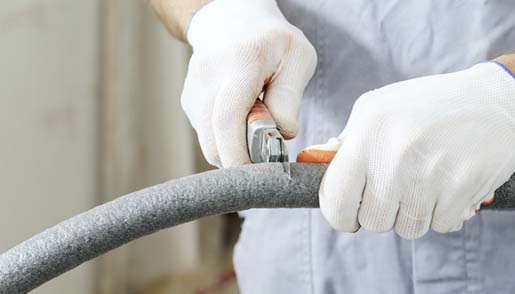 Prevent Frozen Pipes
›
Prevent Frozen Pipes
›
During the cold months, pipes can freeze and pose an invisible threat. If they freeze and break, water damage can be significant and costly.
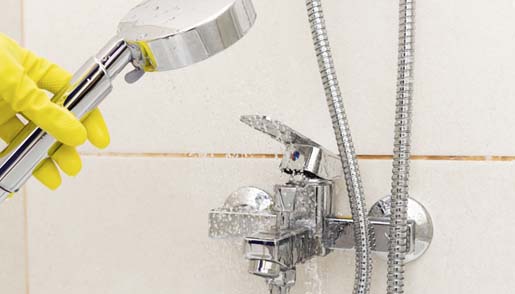 Is That Pink Mold?
›
Is That Pink Mold?
›
Ever notice the pink slimy residue that build up in your toilet bowl, on your shower floor or shower curtain? It’s not a water quality issue and it’s not mold.

